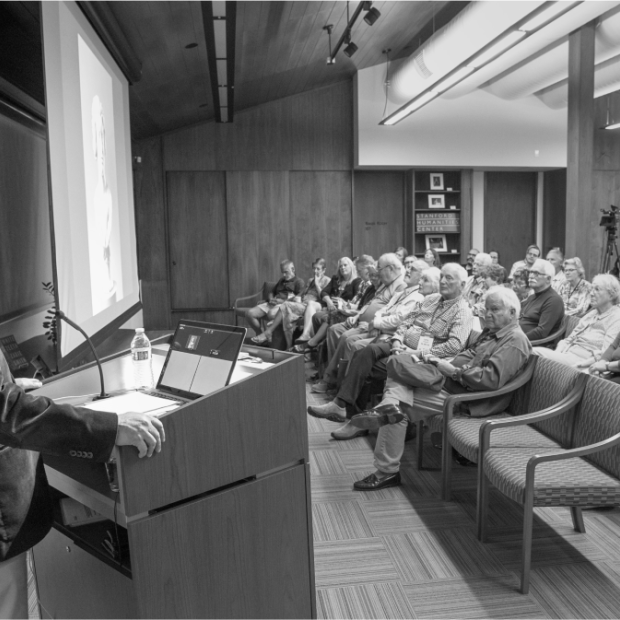Presidential Lecturer
In the eloquent peroration of his second inaugural address, President Abraham Lincoln called for "malice toward none," charity for all," and "firmness in the right" to achieve "a just, and a lasting peace, among ourselves, and with all nations." Three years later, after the turmoil and violence of the early Reconstruction years in the South, General Ulysses S. Grant accepted the Republican presidential nomination with the words: "Let us have peace." The apparent irony of the Civil War's commander in chief and the nation's foremost military leader calling for peace illustrates the paradox at the core of what we call the humanities, which Philip Lewin defined as "the vehicles through which man has expressed his vision of himself and his world, his sense of the pain and possibility of existence." The pain of warfare and the possibility of peace form the theme of this lecture. The road to a just and lasting peace often leads through violent and relentless war. The lecture will explore this paradox with a case study of the Reconstruction era after the American Civil War.





